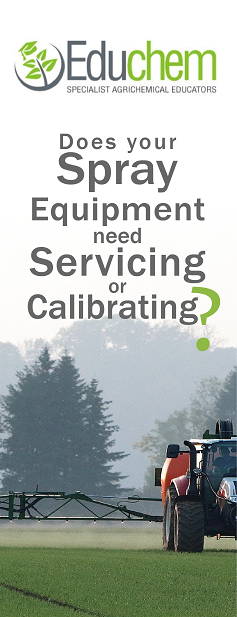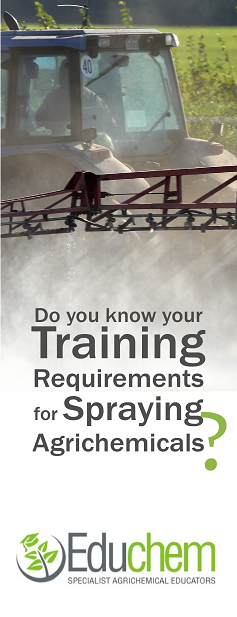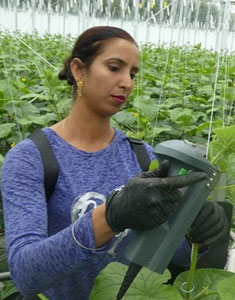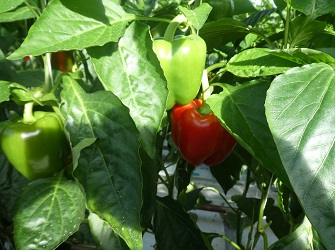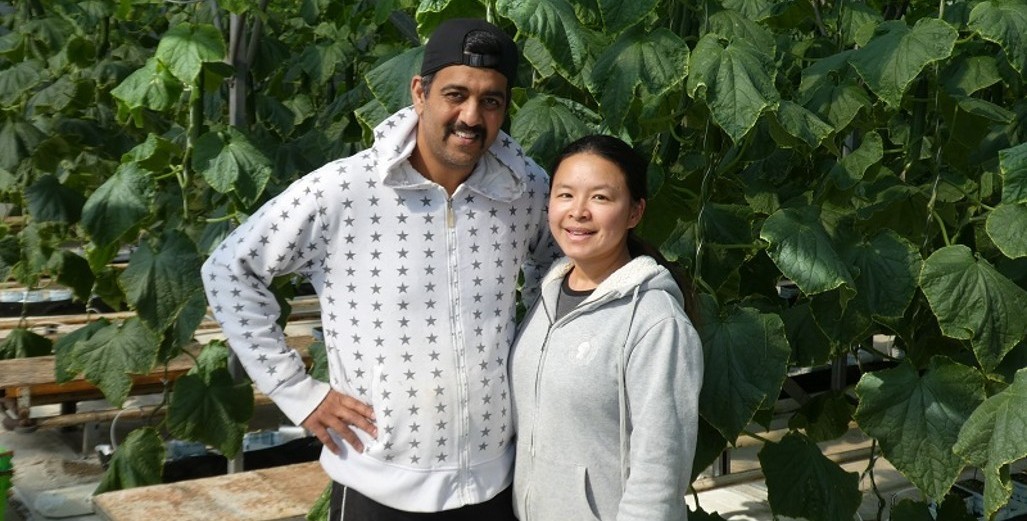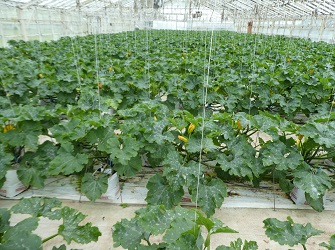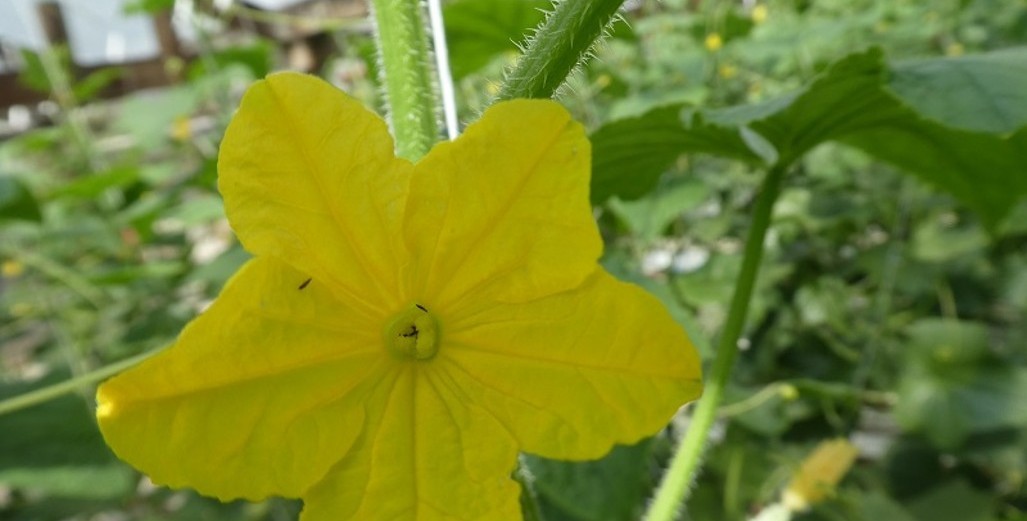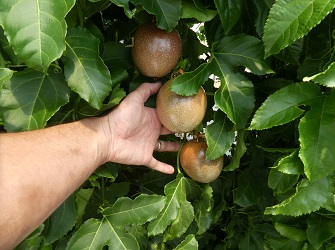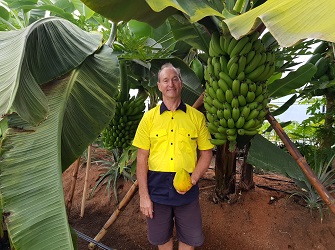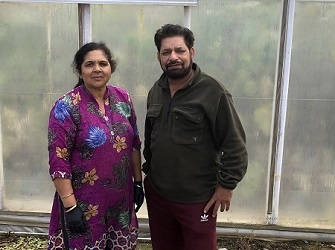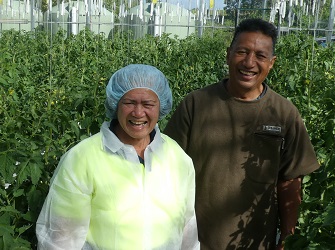Sign up here to subscribe to the Grower2grower Ezine. Every two weeks you will receive new articles, specific to the protected cropping industry, informing you of industry news and events straight to your inbox.
Jan 2024
(Best of 2023) RNA-based disease control in protected cropping environments. Anne Sawyer presents at the PCA Conference (Best new development PCA 2023)
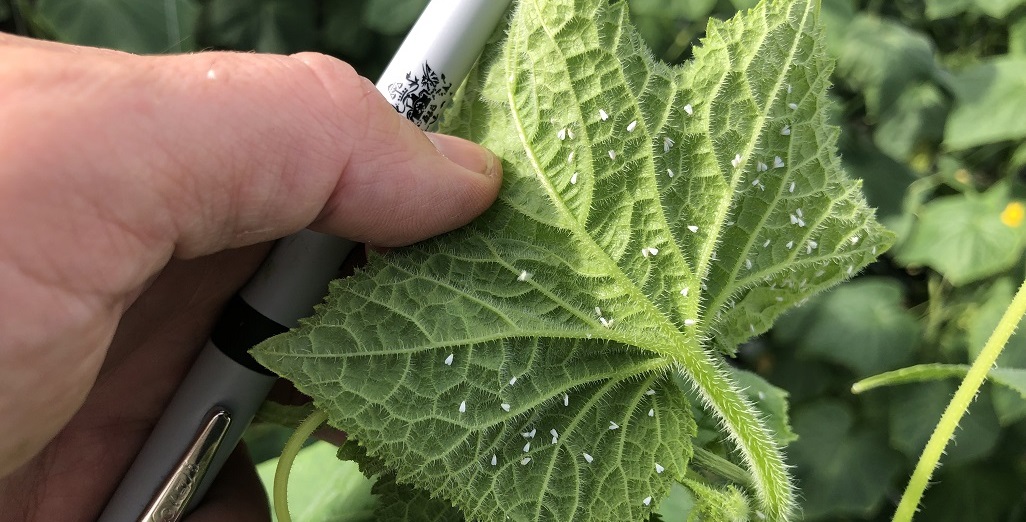
University of Queensland development of Double Stranded RNA an environmentally friendly pesticide!
Anne Sawyer, from the University of Queensland, presented on an intriguing new development in controlling pests and diseases. Personally, this development may be a potential game changer for the control of insects and plant viruses using non-GM technology.

- The active ingredient is double stranded RNA. The sequence of the double stranded RNA is synthesized to target the specific gene of the pest of interest. The gene they identify is essential for the pest or pathogen to grow. When identified, the synthesized product will then be sprayed onto the plants.
- The technology was first developed to target plant viruses. However, it can also target individual pests.
- This technology is different to traditional PE pesticides, and highly specific, it targets one pest or virus for which it is designed. It will not leave residue on the plants and is not toxic.
- There is no GM involved, nothing is being integrated into the genome of the plant.
- The ‘spray’ is transient, and the RNA will degrade over time. It can also be redeployed easily.
- Part of the research is proving spraying RNA onto leaves that it can then travel into the roots. It has success in reducing two pathogens, verticillium, and fusarium on Arabidopsis plants.
- Promising results have been observed with the RNA movement throughout the plant to the site of the infection and even into the pathogen. The next step is to see if this can be applied in hydroponic systems via drenching the RNA directory the roots instead of spraying.
- For outdoor growers spraying on RNA in its ‘naked’ form basically means it is easily washed of, so a Bio-Clay has been developed to carry the RNA and protects it from degradation. It stays on the leaf surface and gradually releases the RNA over time. It is a natural product and nontoxic.
- White flies feeding on leaves ingested the RNA. They were able to detect the RNA within the white fly. So, it looks promising to deliver the RNA via the plants to insects feeding on those plants.
- Protection against grey mould/Botrytis pre- and post-harvest.

Could it also supress PepMV, PSTVd?
Anne says there seems to be endless opportunities for this technology both pre- and post-harvest. “We’re also looking into curing infections. RNA technology is highly specific, is easy to deploy and it is not GM!”
The good news for outdoor crops and native forests – this technology is also being developed to help control Myrtle Rust.

Bio-Clay has been developed to carry the RNA and protects it from degradation
Presenter – Anne Sawyer
Advance Queensland Industry Research Fellow
Article compiled by Stefan Vogrincic.
All Article’s checked and edited by Marie Vogrincic. For all media releases please send to marie@grower2grower.co.nz or upload directly: https://www.grower2grower.co.nz/article-form/
I appreciate your comments. Please feel free to comment on the grower2grower Facebook page or email: stefan@grower2grower.co.nz
CLASSIFIED
Photo
Gallery
Subscribe to our E-Zine
More
From This Category

Bayer says Sivanto Prime has a new way of working that targets sucking pests such as aphids, nysius fly and springtails
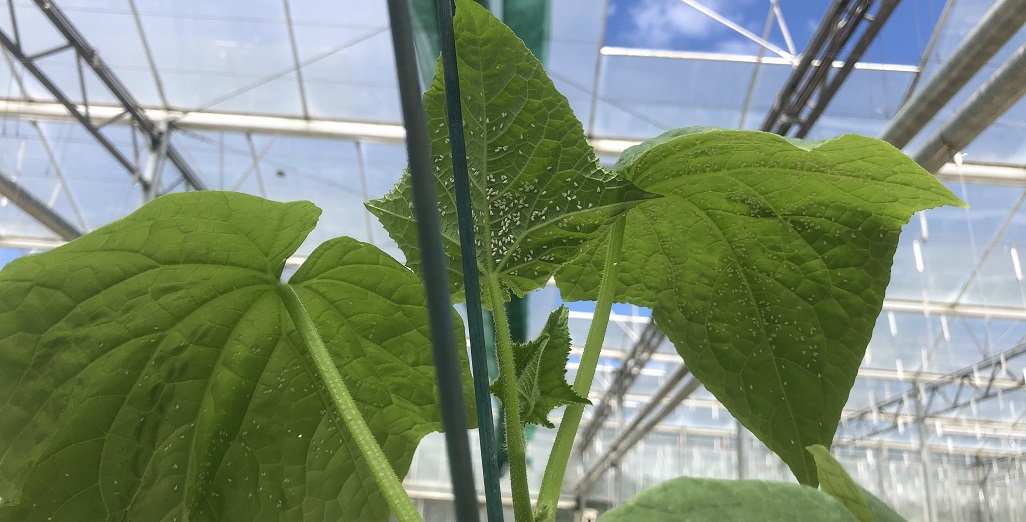
Starting on the back foot

(Best of 2023) RNA-based disease control in protected cropping environments. Anne Sawyer presents at the PCA Conference (Best new development PCA 2023)

(Best of 2023) Aphid infestation on cucumber crops

LimoMax, a new predator for insect control in greenhouses and outdoor crops.










